India Indian music music: genius khyal Krishnarao Shankar Pandit
by Warren
leave a comment
Meta
SiteMeter
Brighter Planet
Amazing. Just Amazing.
More Krishnarao Shankar Pandit.
Here is his magnificent Devgandhari:
And another morning raga, Deshkar. His audacity of imagination is fully evident here, for example in his excursions into the lower register — Deshkar is usually considered to dwell exclusively in the upper range, so it’s quite a feat to sing in the basement without making it turn into Bhoopali.
And finally a bhajan in Raga Pilu, the oft-heard “Raghubir tum ko mori laaj.”
More to come.
India Indian music music: genius Gwalior gharana improvisation khyal Krishnarao Shankar Pandit
by Warren
1 comment
Meta
SiteMeter
Brighter Planet
Krishnarao Shankar Pandit: Raga Darbari Kanada
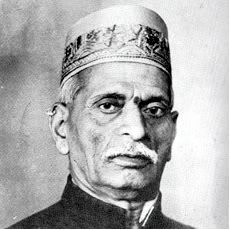
One of the greatest recorded performances of Hindustani music, this 30-minute gem comes from 1957, when Krishnarao Shankar Pandit was in his prime. The force and power of his improvisations are astonishing; there is nobody else in Hindustani tradition who can imagine some of the things he comes up with, let alone execute them with such verve and clarity.
Anokhey Lal, who was known for his brilliant and supportive theka, is accompanying on tabla. The violinist is not credited. Any thoughts?
Enjoy.
India Indian music Jazz music Warren's music: Ajit Soman Antigravity Ashish Manchanda Atul Keskar Indo-Jazz Ramakant Paranjpe Sudhir Parkhi Vijaya Sundaram
by Warren
4 comments
Meta
SiteMeter
Brighter Planet
Antigravity — The Indian Group, 1990-1991
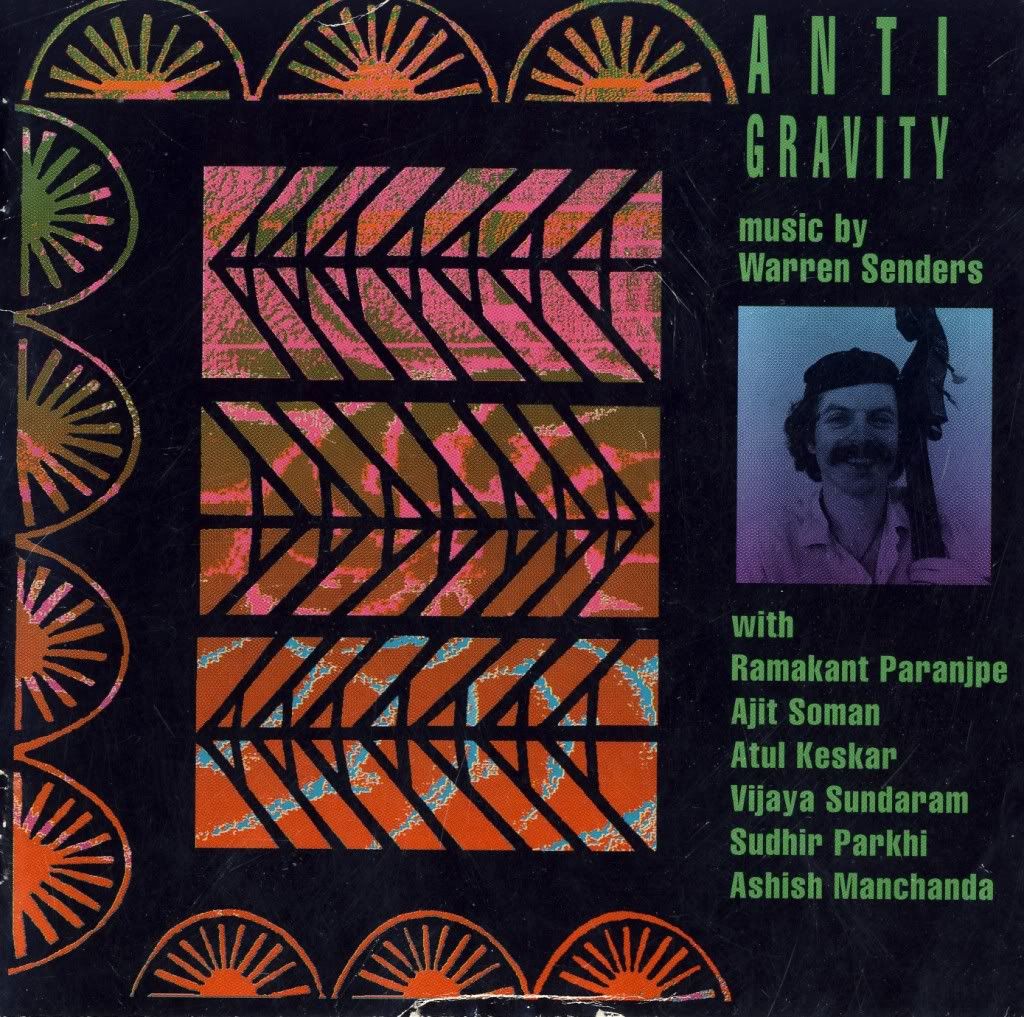
Here are the pieces which make up the first Antigravity CD, released as “Antigravity — The Music of Warren Senders” (Accurate AC-4307), along with scans of the complete CD booklet & tray card. These were recorded at Ishwani Kendra Studios in Pune in 1990 and 1991.
This has been out of print for years. I only have a few mint copies left.
more »
environment India Indian music June 12 Action music Warren's music: Pahadi Puriya Raga
by Warren
leave a comment
Meta
SiteMeter
Brighter Planet
Singing For The Planet: Warren Senders’ Set
Here is my complete set from the “Singing For The Planet” concert. Priti Chakravarty – harmonium, Akshay Navaladi – tabla, Harriotte Hurie – tamboura.
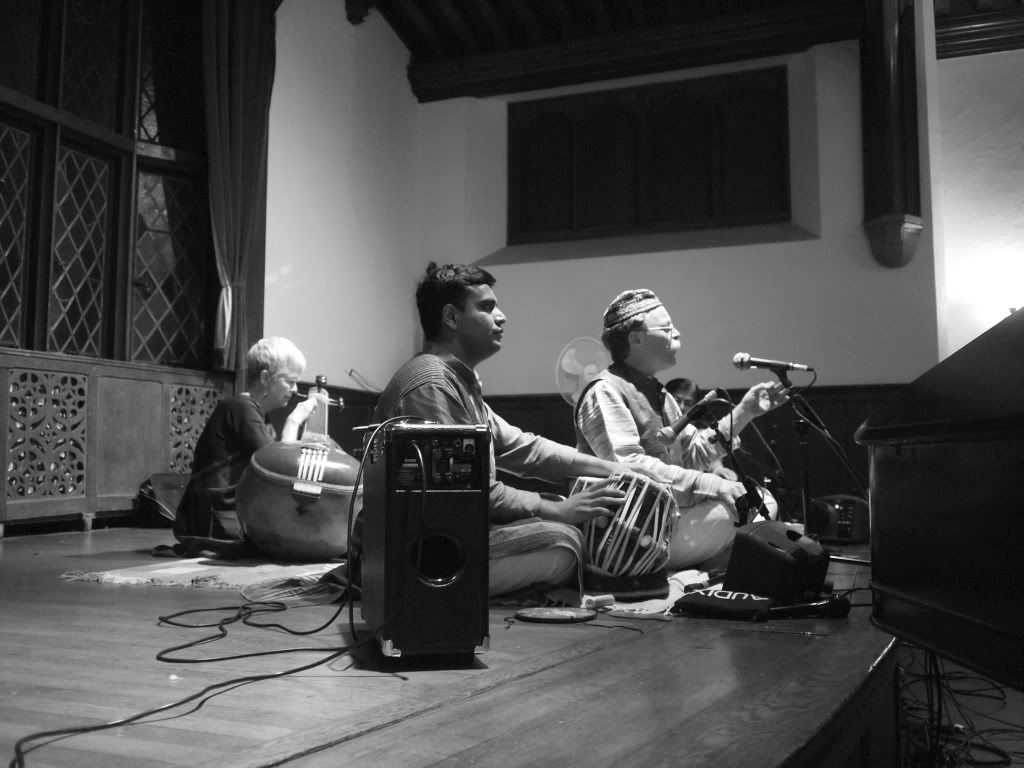
Raga Puriya – three-part khyal performance.
Vilambit Ektaal: Eri malaniyaa begi gunde laawori phulan ke harawa / Bela chameli gulab daru bane ke garawa (traditional composition)
Madhya Tintaal: Main to kaari aayi piya sanga rangaraliyaa / main vaari jaat pan ghat ke ghaat // Ek to dar mohe saas nananda ko / duje duraniyaa jaitaniyaa sataave / nisa din Prem Piya ki baat hai (composition by Ut. Faiyaaz Khan)
Drut Ektaal: tarana (composition by Pt. S.G. Devasthali)
Jyuda Kinjo Dolna (“How My Heart Sways”) – Pahadi folksong
Jyuda kinjo dolna ho manda kinjo bolna / karle mane diyo mauja jinde // Harapur, Nurapur thandiyana chhavaa / maaya balocheda yaar balocheda, hai thaan thaan ho // Chhand mhara chadaiyaa pipari ne ohale / chhand mhara dole, chhand mhara bole, nai aan aan ho
Education environment India Indian music music Personal Warren's music: copyright intellectual property open mics songs
by Warren
leave a comment
Meta
SiteMeter
Brighter Planet
You Can’t Steal A Gift!
My ongoing exploration of alternative ways of thinking about our economic paradigm has given me a new set of lenses to use when I look at the things I already do.
I’m a musician; it’s how I make my living.
Recently a colleague linked to a story in the Boston Globe:
Across New England, church coffeehouses, library cafes, and eateries that pass the hat to pay local musicians or open their doors to casual jam sessions are experiencing a crackdown by performance rights organizations, or PROs, which collect royalties for songwriters.
His FB comment described them as: People trying to get something for nothing and then whining when they are thwarted.
Sympathetic though I am to the needs of working professionals, his words nevertheless didn’t set well with me. This post is my attempt at resolving that dissonance.
I’m a musician. It’s how I make my living — but it’s also how I make my life.
environment Indian music Jazz June 12 Action music photoblogging Warren's music: Mili Bermejo Singing For The Planet
by Warren
leave a comment
Meta
SiteMeter
Brighter Planet
A Quick Report on the June 12 Concert
The “Singing For The Planet” concert happened as planned last Saturday. We had an excellent crowd and raised a little over $800 for www.350.org — and the music was lovely.
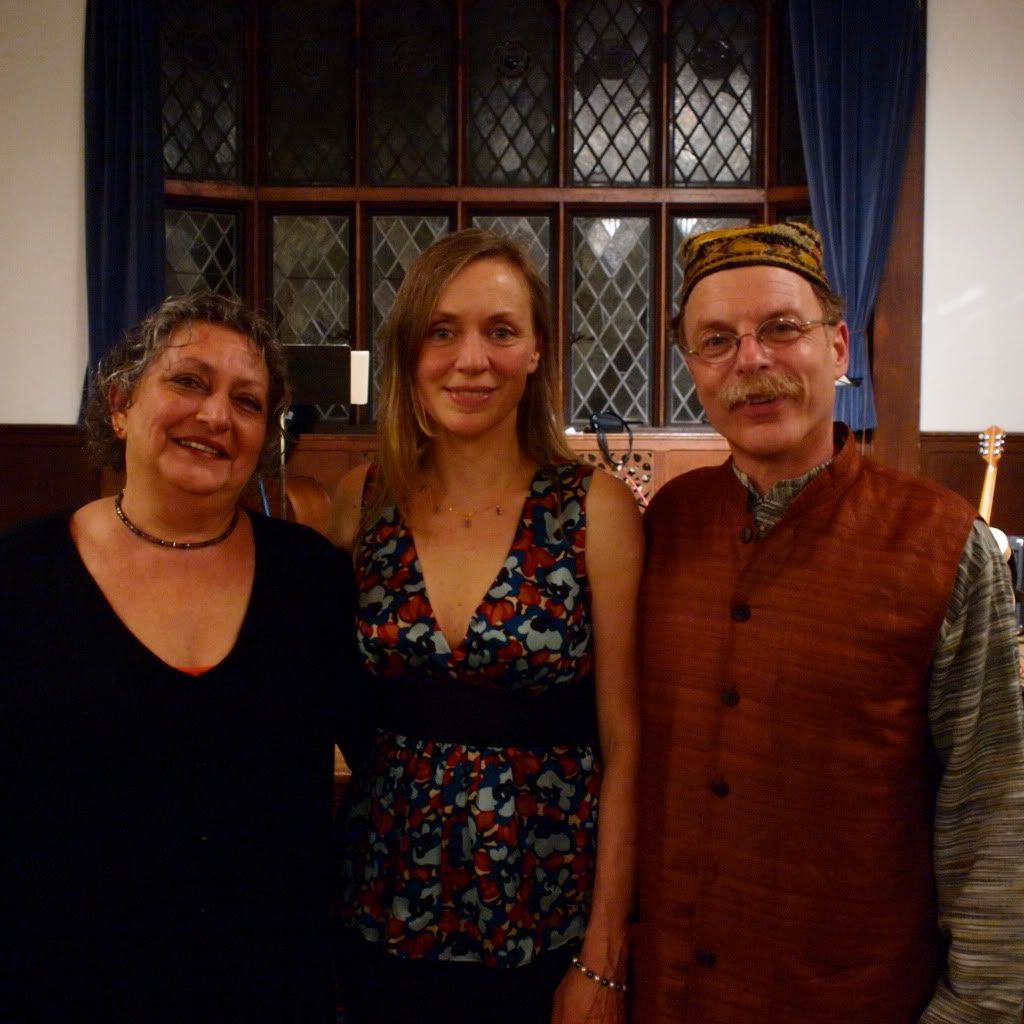
Mili Bermejo, Dominique Eade and Me
I’m just putting a few photographs up for now. A full report with video will go up later this week. These images are courtesy of Hadley Langosey, and there will be more to come.

Dominique, Will Slater, Will Graefe, some guy, Harriotte Hurie, Mili Bermejo, Dan Greenspan, Priti Chakravarty, Akshay Navaladi. Missing: Doug Johnson
First Set: The Mili Bermejo Trio

Mili Bermejo with Doug Johnson on piano and Dan Greenspan on bass
Second Set: Warren Senders & The Raga Ensemble
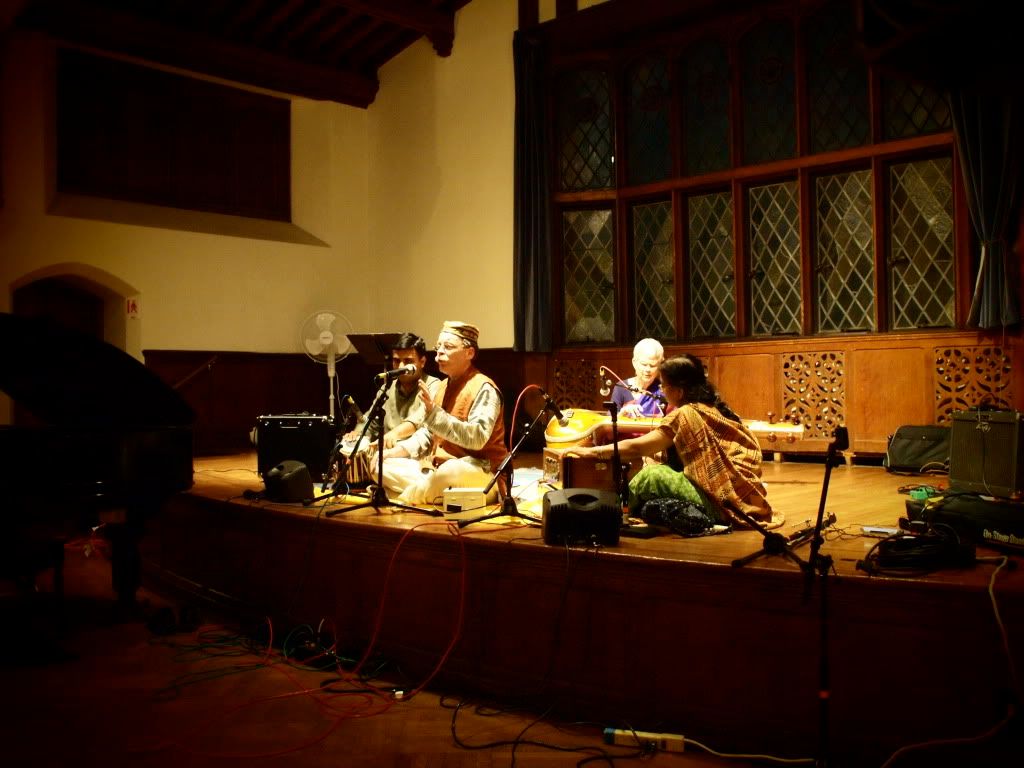
Me, with Akshay Navaladi, tabla; Priti Chakravarti, harmonium; Harriotte Hurie, tamboura.
Third Set: Dominique Eade & Friends
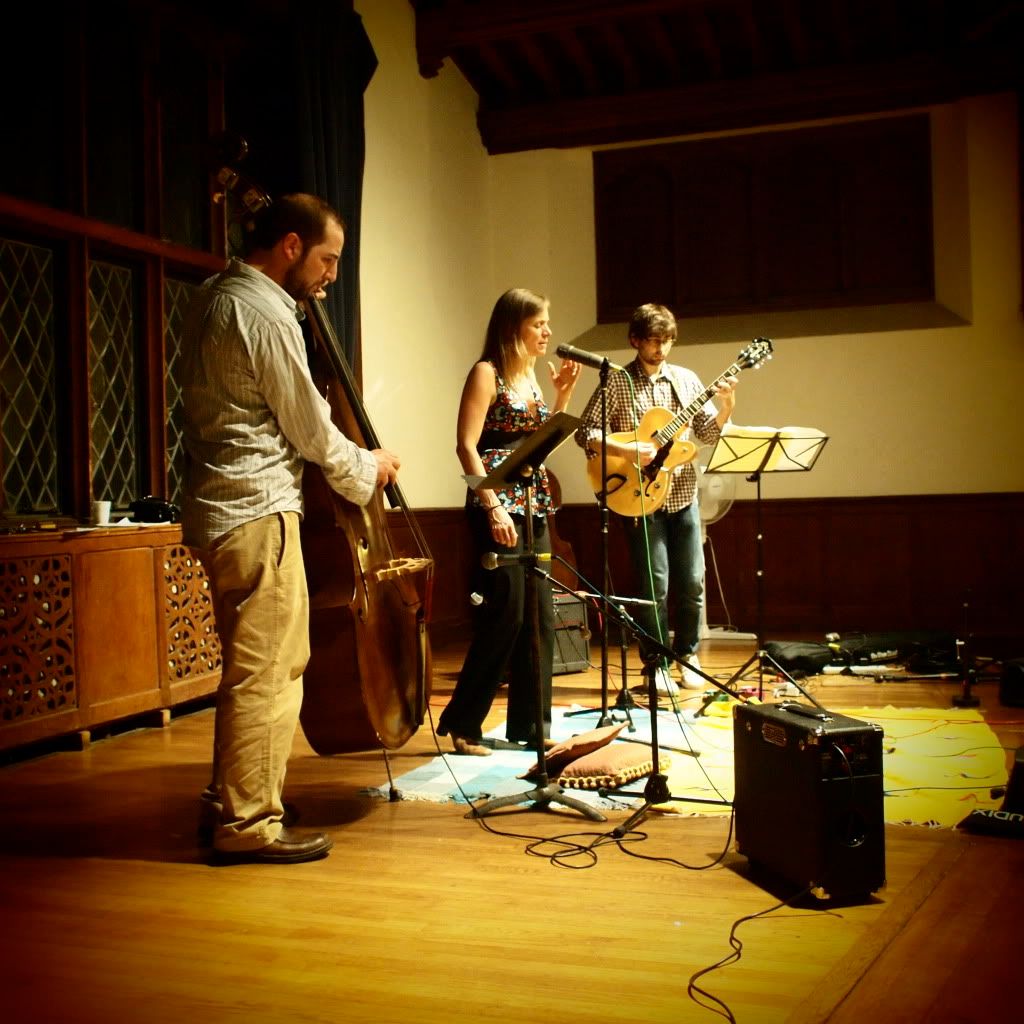
Dominique Eade with Will Slater on bass and Will Graefe on guitar.
humor India Indian music: typographical error
by Warren
1 comment
Meta
SiteMeter
Brighter Planet
The Great Vowel Shift
The Best Typographical Error in the World…
…is on page 111 of Najma Perveen Ahmed’s book, “Hindustani Music.”
Ladies and Gentlemen, I present to you:
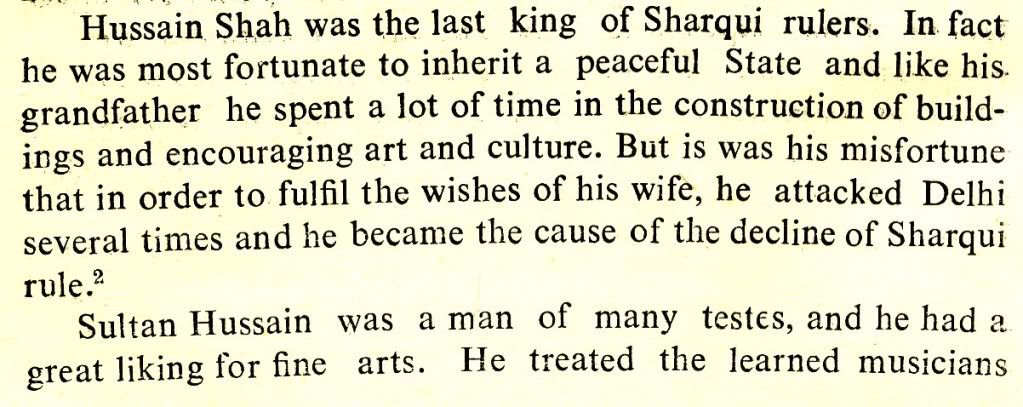
Education Indian music music: layakari practice riyaaz
by Warren
1 comment
Meta
SiteMeter
Brighter Planet
Layakari Practice: The N+1 Game
Here’s another installment in my series of practice materials. This is another approach to the mastery of layakari in the 16-beat teentaal cycle. I call this the N+1 Game.
The object of this exercise is to explore a rich yet tightly constrained set of melodic materials in a variety of rhythmic phrasings. The same melody is sung in thirty-six slightly different rhythmic variations, each one fitting neatly into one cycle of teentaal.
India Indian music music: genius khyal Ramakrishnabua Vaze
by Warren
2 comments
Meta
SiteMeter
Brighter Planet
Ramakrishnabua Vaze: Raga Mian Ki Malhar
As promised long ago, here is the full-length version of Vazebua’s Mian ki Malhar. The two khyals are both classics; the vilambit is Karim naam tero; the drut Bolare papihara.
The accompanists are both superb. Sarangi is provided by Ustad Bundu Khan, playing his special small humaniform sarangi; tabla is by a young Ustad Alla Rakha. Vazebua was in his eighties, so there are moments when his intonation loses focus or his breath control gives out before his idea has been resolved, but these are minor quibbles…the performance as a whole is riveting, the last recorded testament of one of the form’s greatest masters.
All India Radio Recording: Raga Mian Ki Malhar
Pandit Ramakrishna Vaze
Rajeev Vaze, Bua’s great-grandson, commented on one of the earlier posts:
I would like to elaborate on couple of things in line with my comment that ‘Bua was much ahead of his times’. He was one of the first musicians and possibly the only one, who published books on many compositions with notation, which he acquired from his Gurus by way of extreme hard work. The idea behind this was to throw open his stores to every follower of music. There are many books written by estiblished musicians thereafter but all those are without notations and the students can not gain anything except the literature.
You will also realise that not many stalwarts were mentally prepared to cut records under the pretext that their music will become common and thereby loose its value. Realising the importance of documentation and it’s usefulness for generations to come, Buwasaheb not only mastered the art of modulating his voice so as to suit the recording machines available in those days but tried to present different facets such as Thumari, Tarana, Bhajan along with the khyal on the number of records being cut.Unfortunately, all his deciples died at a very young age and most of them such as Master Deenanath, Keshaorao Bhosale, Bapusaheb Pendharkar belonged to Theatre. His work is not known to present generation. I’ve seen many people sing / like compositions from dramas such as ‘Sanyasta Khadga’, ‘Shah Shivaji’ etc with a wrong presumption that these are composed by Master Deenananth. This is incorrect as all these and many more are composed by Buwasaheb. There are many songs composed by Pt Hridaynath which are based on the original compositions of Vazebua and the listeners are still enjoying.
Education Indian music music: layakari practice riyaaz tintal
by Warren
3 comments
Meta
SiteMeter
Brighter Planet
The Half-Speed Switcheroo: Rhythmic Cycle Practice in Exhaustive Detail
Let’s go back into the problems of working within rhythmic cycles (too many climate-change letters makes a dull blog, I know).
One of the most productive strategies for practicing rhythmic awareness is the half-speed switcheroo (note: I am not a nomenclatural traditionalist, so if you need paramparik lingo you’ll be disappointed). In this type of practice, a composed line is moved in and out of half-speed, first at the most important points of the taal (in tintal, that would of course be sam and khali), then at secondary, tertiary and quaternary points.
Let me demonstrate.
We’ll continue working with the simple sargam composition in Bhoopali:

The melody begins at khali, so the first shift into half speed will happen there, too. I’m just going to notate the transform using the first line; you can do the second line yourself (or make your students do it). Paper notation is useful but not really necessary; it’s a very good exercise to go through every aspect of this without writing anything down, keeping it all in your head, ears, voice and hands.
